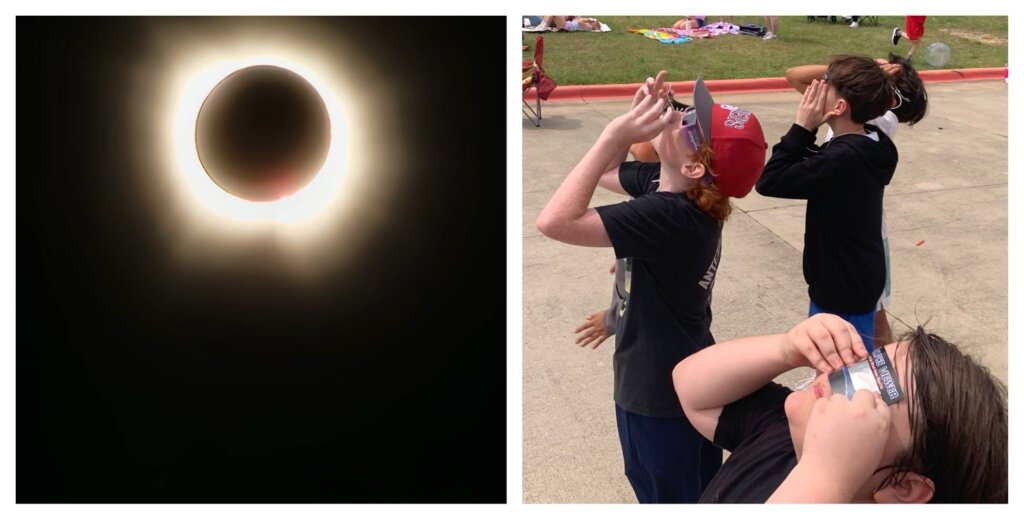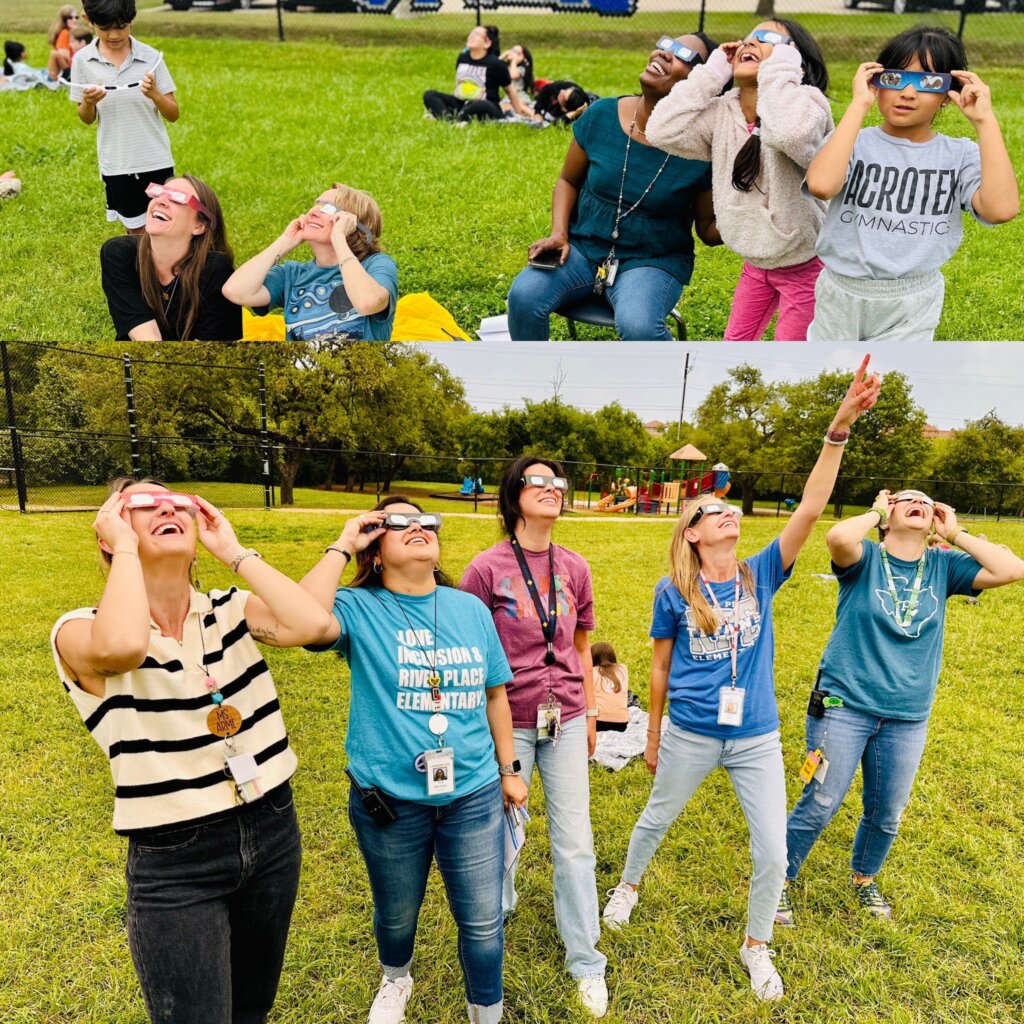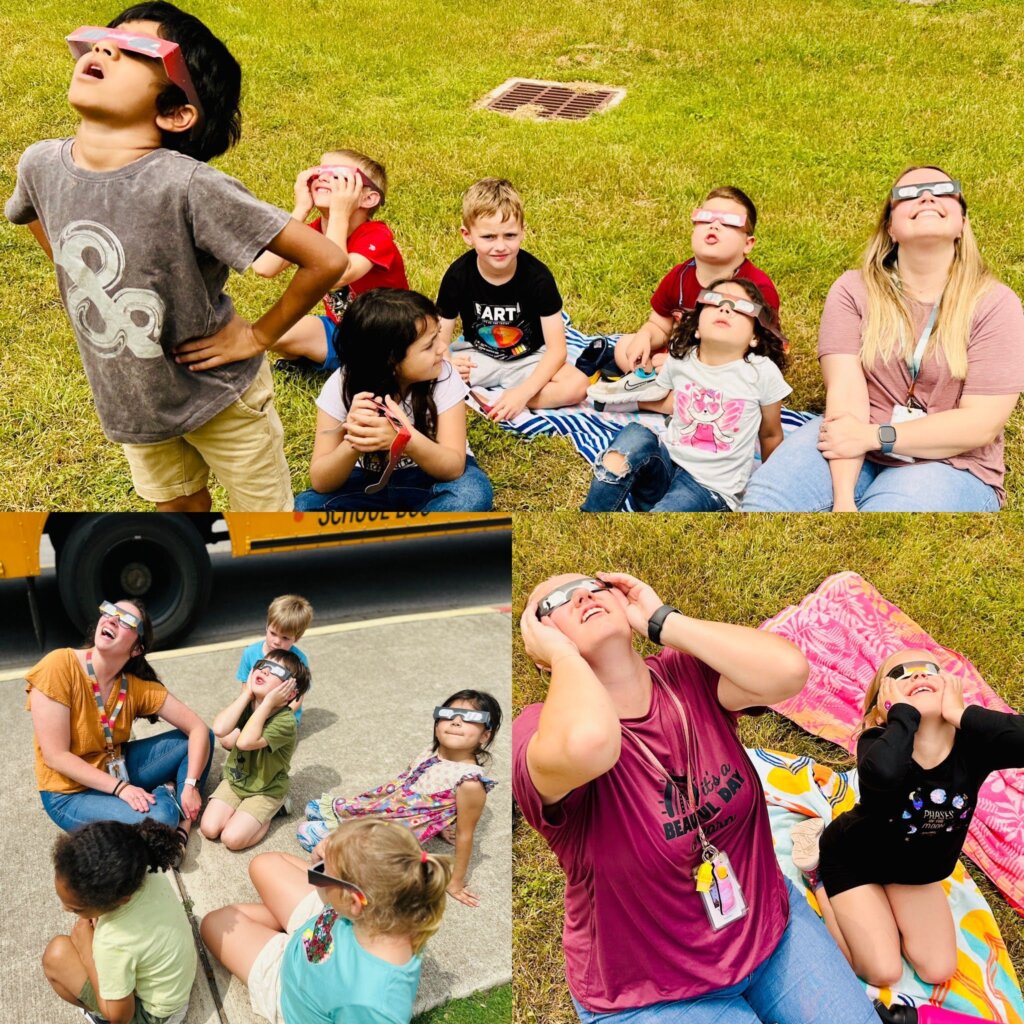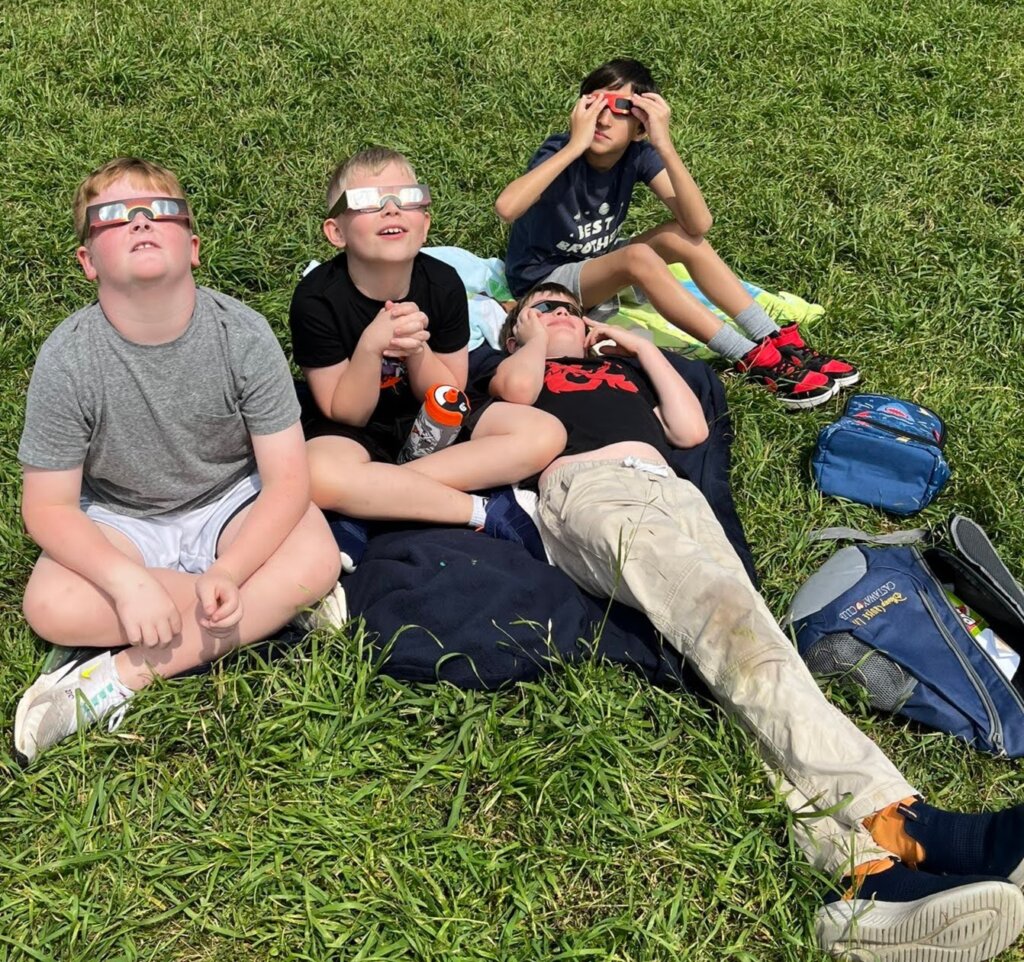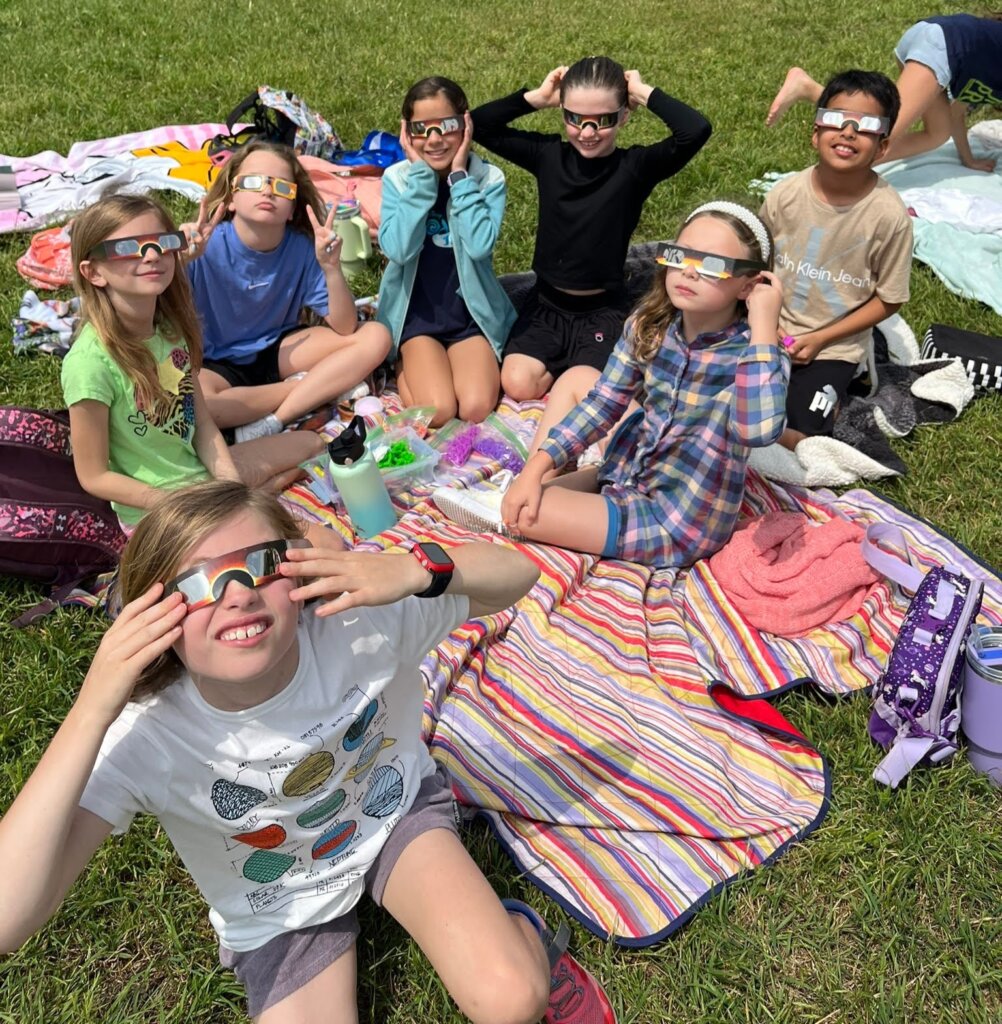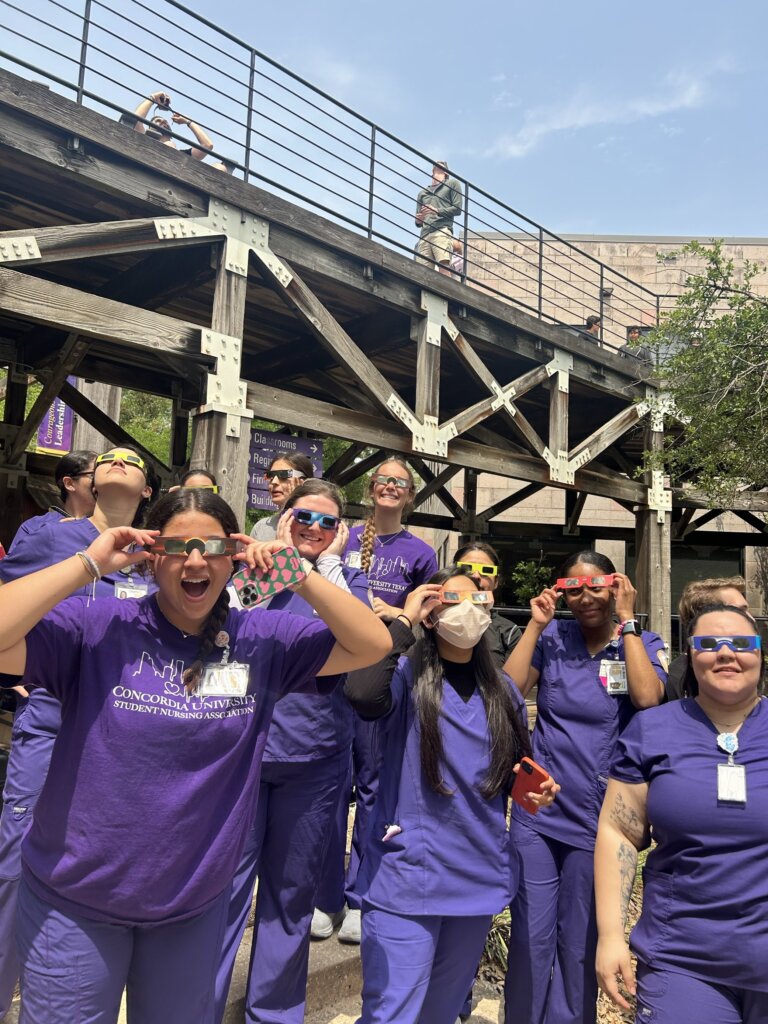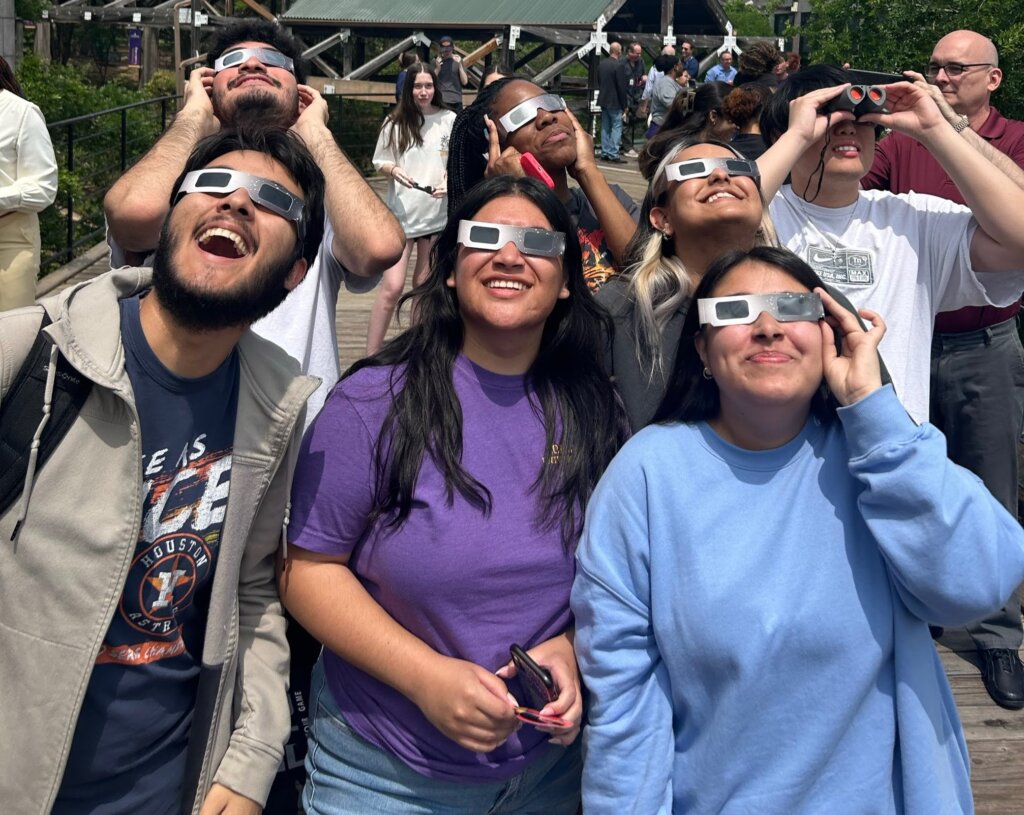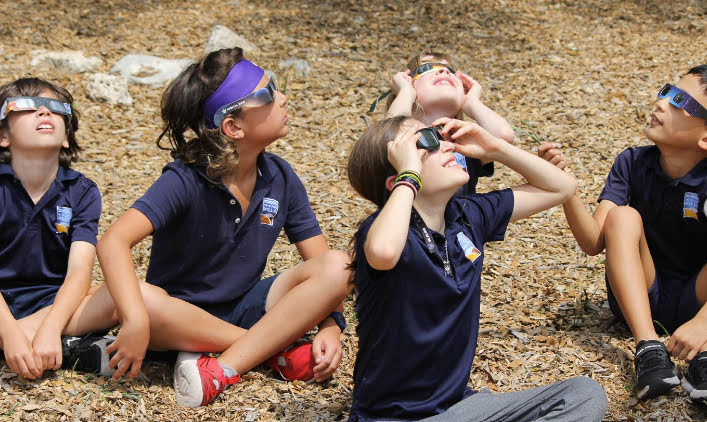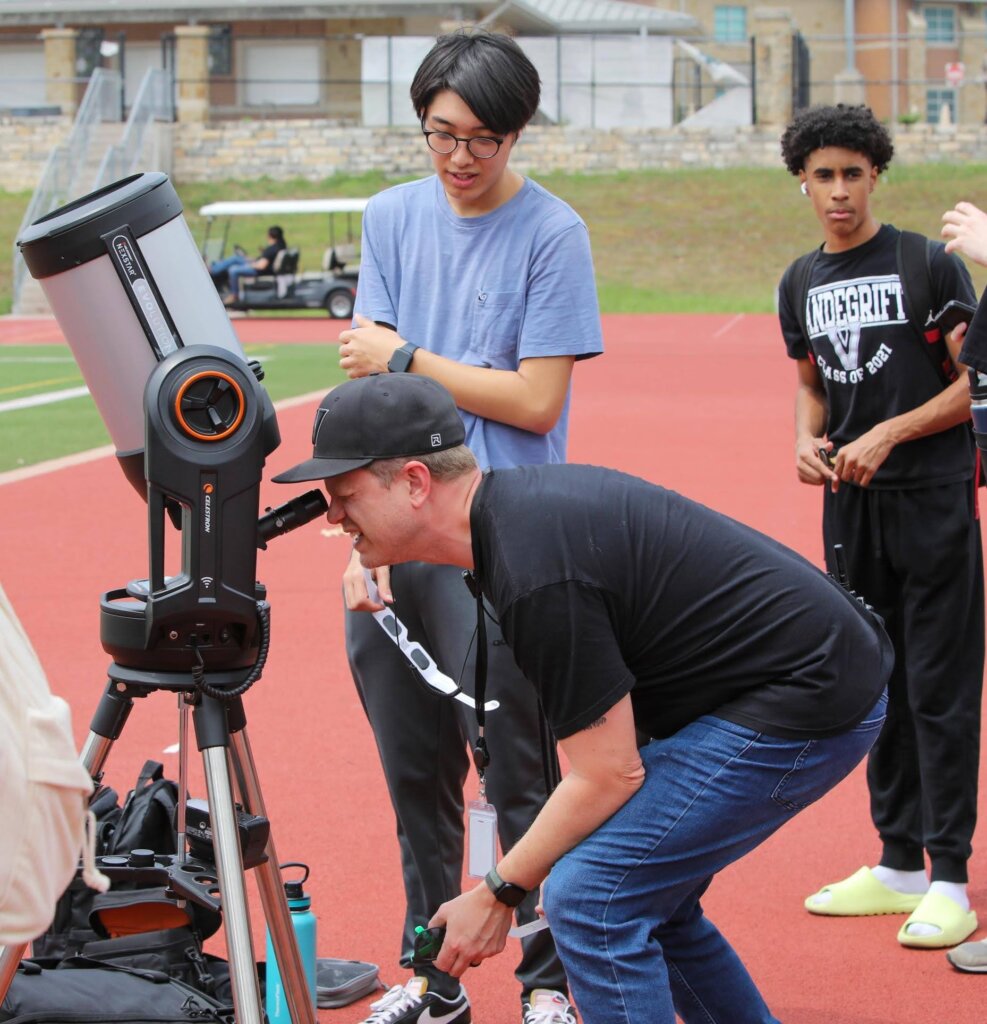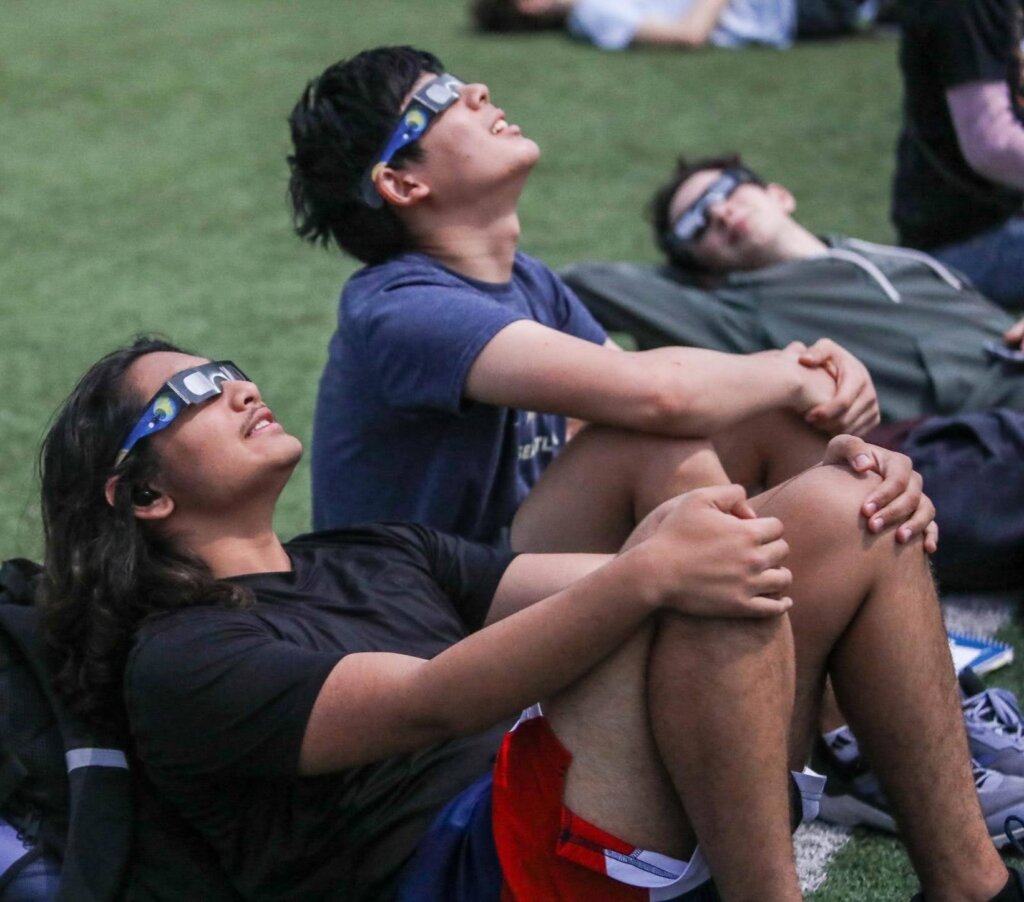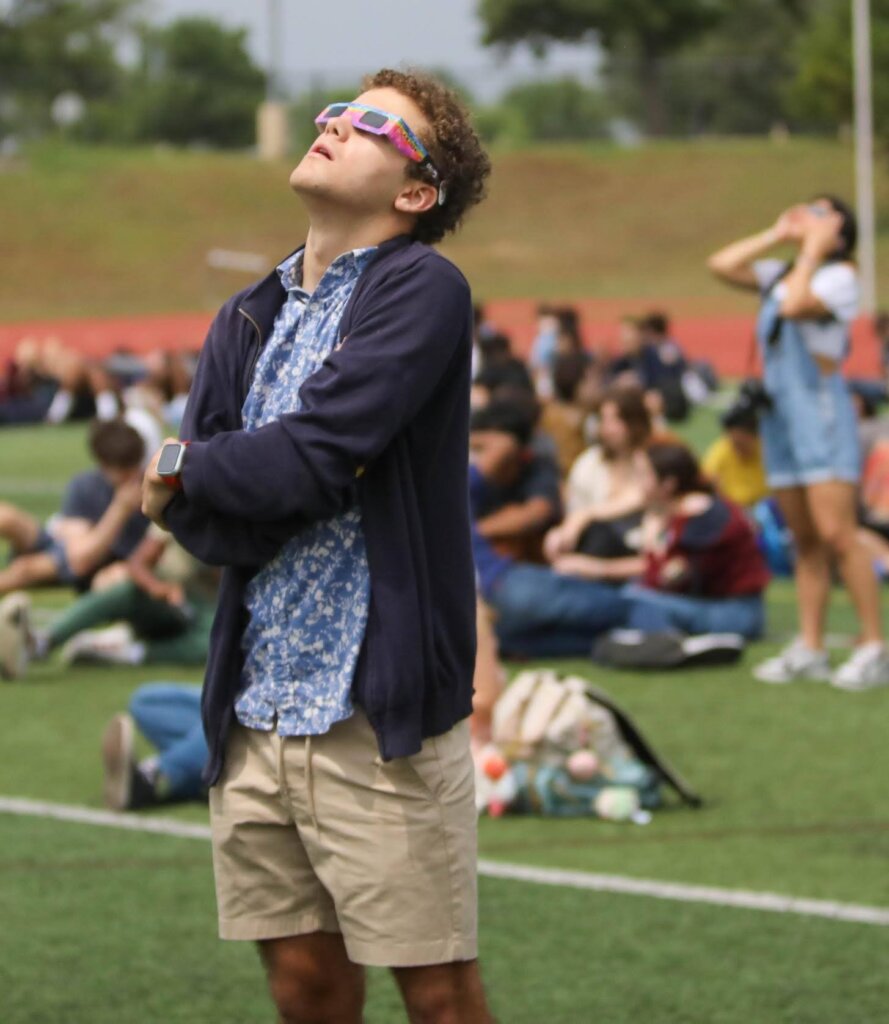
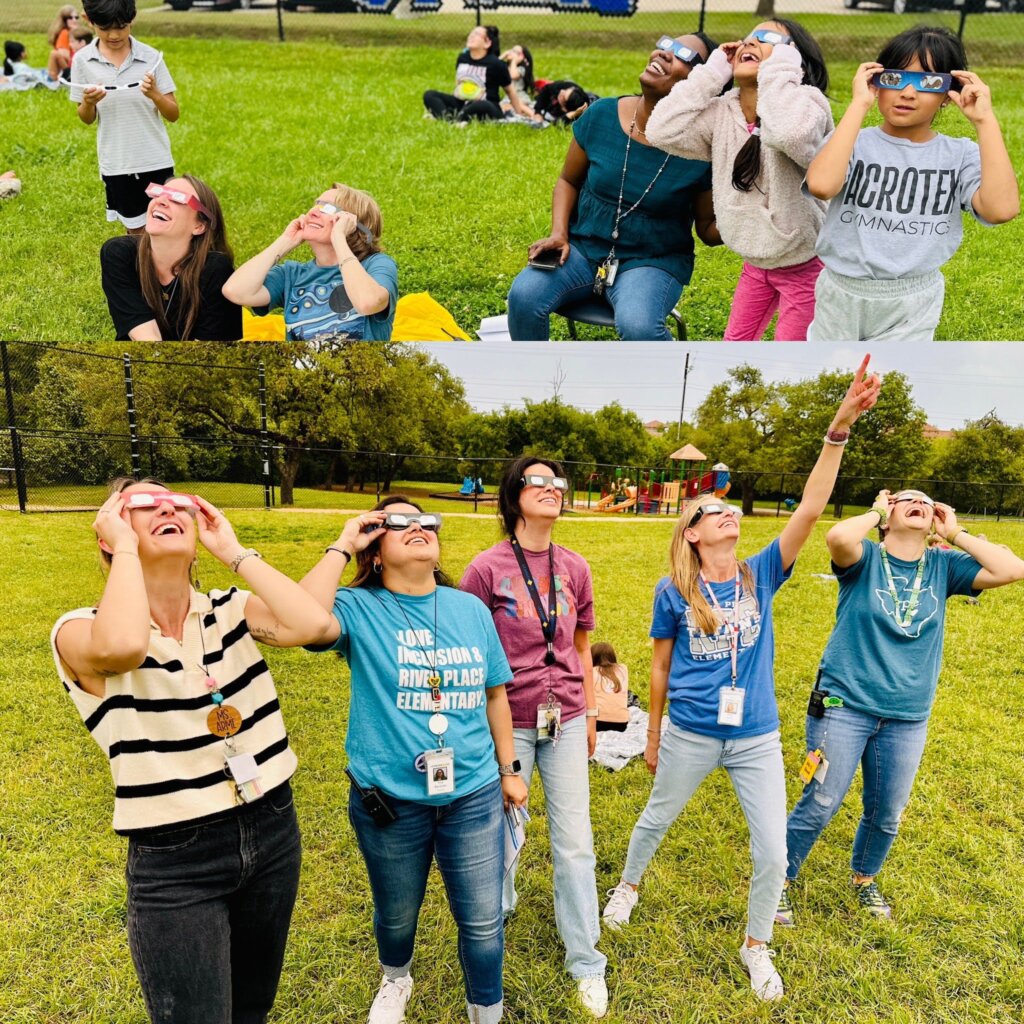
By JOSH MONIZ, Hill Country News
Tens of thousands of eclipse tourists and local residents turned out at local parks, schools, lawns and parking lots on April 8 for the once-in-a-lifetime event: the total solar eclipse.
Austin, Lakeway, Cedar Park and other local cities in the direct path of the eclipse followed the rest of the state in having their population almost double over the weekend due to eclipse tourists.
Texas could see an eclipse-related economic impact of around $1.4 billion, KUT reported.
The April 8 solar eclipse will likely turn out to be “the most profitable per minute stimulation of the state economy in the state’s 179-year history,” according to Bulent Temel, an assistant professor of practice and economics at the University of Texas at San Antonio.
April 8 could be the “most profitable 22 minutes in Texas history” — though Temel’s estimates aren’t as high as the Perryman Group’s.
Estimates state hundreds of thousands of people visited Texas for the eclipse, igniting an economic boom that could resonate well beyond. A report from the Waco-based Perryman Group says that amount includes $749.5 million in gross product and $453.6 million in personal income.
Clouds or not, the moon perfectly blotted out the sun when it passed between the sun and the earth at 1:35 p.m. locally on April 8.
Leander ISD school principals invited families to join students at watch parties.
Just like the passage of the eclipse, the crowds eventually abated from parks and schools after the event ended, tourists gradually flew or drove back to their homes and life returned to normal as the sunlight returned.
This is only the second time an eclipse has passed over the United States in the 21st century and the last time the eclipse will follow this path for approximately 375 years.
Hill Country News’ Josh Moniz contributed to this report. Jessica Stamp, Vandegrift student media, and local school leaders including School in the Hills, shared photos or posts.





